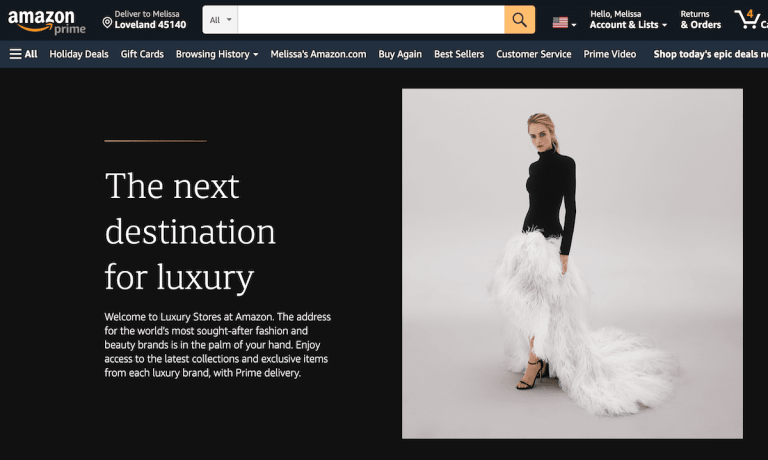
By now, it’s apparent that the pandemic has left an indelible mark on retail. That’s not a judgment, it’s reality. No one wants to say that the consequences of COVID have been positive for business, because they have not. Change in business has its own pace, most often driven by technological innovation. This was an acceleration driven by a set of unfortunate circumstances, and it will continue even after the scourge ends.
And that acceleration has impacted one of the most fundamental organizing principles of business: short-term versus long-term thinking. The dynamic is now tilted in favor of long-term thinking. Yes, today’s circumstances have retailers laser-focused on boosting revenue to dig out of the pandemic-sized shortfall. But outside of that, ladies and gentlemen, short-termism has left the building.
In its place, please welcome long-term thinking. All future technologies and trends for retail, payments and security have been pulled forward, just like the holiday season. It should start at the basics: data.
Big Data is under fire again as a result of the election. Given how the polling widely missed the mark, the ability for any company to survey and accurately predict the behaviors and attitudes of its customers – current and prospective – has once again been called into question. At a time when retailers need to measure the intent of customers to use new innovations like curbside pickup and contactless cards, the data industry needs to face up to some new challenges. In a world where no one wants to answer an unknown number, phone polling has been hit hard. A mix of email, social media and phone work seems to be the most reliable approach. And the ability to compare and contrast data – such as PYMNTS’ COVID-19 work, which stretched from March to the present – has become a critical acid test for using data to help define consumer preferences.
For retailers, a discerning eye for data has become essential.
“There are blind spots when it comes to using data,” said Jean-Michel Franco, senior director of data protection for Talend, in a report. “There’s nothing to rate the data itself – there is a lack of standards, and nothing to tell us which data is trustworthy and which is not. The result: A massive trust crisis has been brewing. Within businesses, we can see this crisis firsthand, with valuable time being spent challenging the data presented as businesses lack a single point of truth. We can also see the trust crisis expressed in society as a whole, as distrust grows over the output of the media and scientists alike.”
The short-term move would be to keep doing what has proven to be unreliable. But the longer-term thinking says to trust the organizations that are trustworthy and to keep perfecting predictive analytics with artificial intelligence (AI). There’s a lot of bad data out there for retailers, but there’s a lot of good data out there, too.
Short-termism has also been banished from business model development. Short-term thinking would tell Nike, Zara, Starbucks and a slew of other brick-and-mortar companies that they should sweat out the pandemic and wait for consumers to return to stores as they did before. Long-term thinking says they should analyze stores for future profitability (there’s that data issue again) and either reimagine or close underperforming locations. In the space of six months, these companies and others have made what would have seemed a stunning decision at any other time: They are closing stores, doubling down on eCommerce and looking toward the future.
Long-term thinking has even pervaded two related retail sectors that have hardly been associated with innovation: malls and department stores. Short-term thinking has traditionally dominated these sectors. Both basically operated on the premise that if you build it, they (the shoppers) will come. It took the pandemic for them to focus on using stores as fulfillment centers, and to stop talking about and start actually rethinking the role of anchor tenants.
Even the digital-first space refuses to rest on the opportunity it has been given in this pandemic. Headless commerce, which gives consumers immediate access to the page and product they were searching for, continues to develop. Brands continue to rethink how they look and feel online when their legacy has been offline. Look at the Amazon Luxury page and the imaging for ReVive skin cream for great examples.
The whole economy has been forced to dream about and plan for a post-pandemic world. Just as this dynamic has pushed consumers online, it has also pushed retail into long-term, more innovative thinking. This, too, will likely stick.